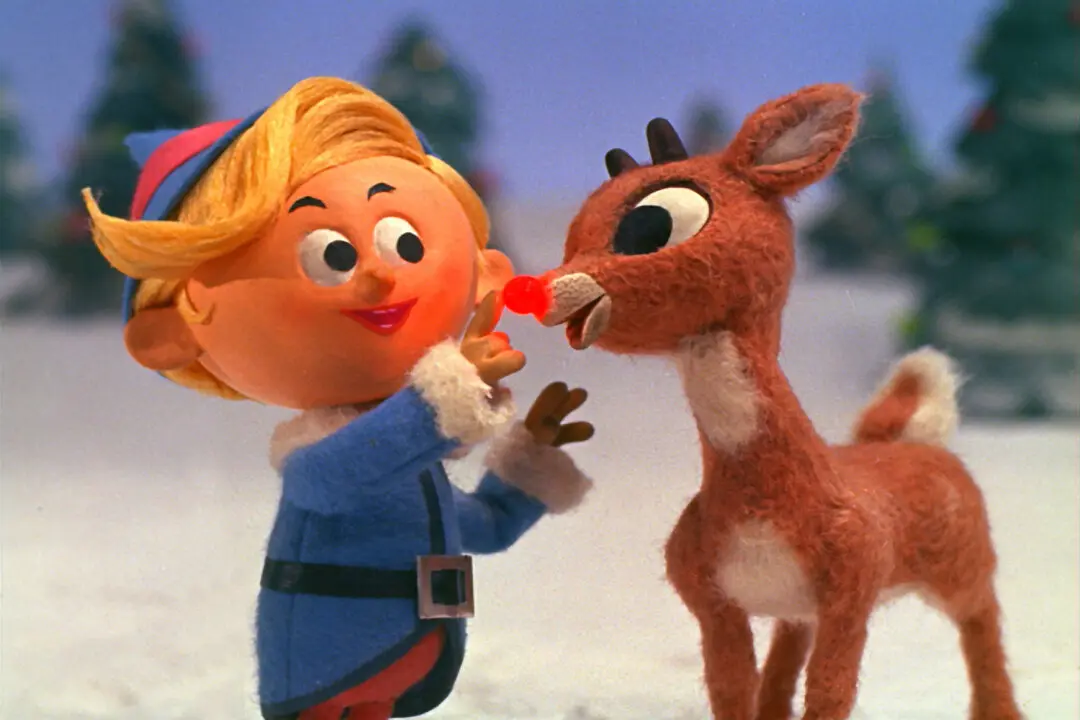Japan’s Adm. Isoroku Yamamoto, the mastermind behind the Pearl Harbor attack, believed that once his country started a fight with America, it could last no longer than 18 months. Six months after the Dec. 7, 1941 attack, the Japanese Imperial Navy was decimated at the Battle of Midway and could no longer take the offensive, but was forced to conduct a defensive war of attrition. As the months progressed into years, the Americans conducted their island-hopping campaign to reach the Japanese mainland. As thousands of servicemen landed on various islands in the Pacific to take them by force, another element of the U.S. military played a smaller, yet very significant role: the patrol bombers.
Edward Young’s new work “H6K ‘Mavis’/H8K ‘Emily’ Vs PB4Y-1/2 Liberator/Privateer: Pacific Theater 1943-45” from Osprey Publishing discusses how the U.S. patrol bombers disproportionately outperformed the Japanese seaplanes. The “Mavis” and “Emily” were the Japanese planes and the Liberator and Privateer, the American.






